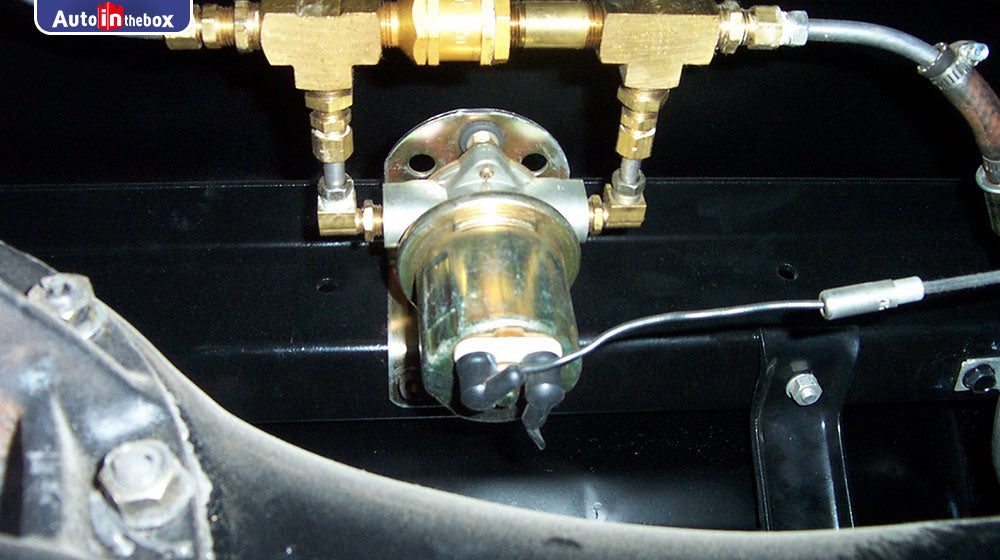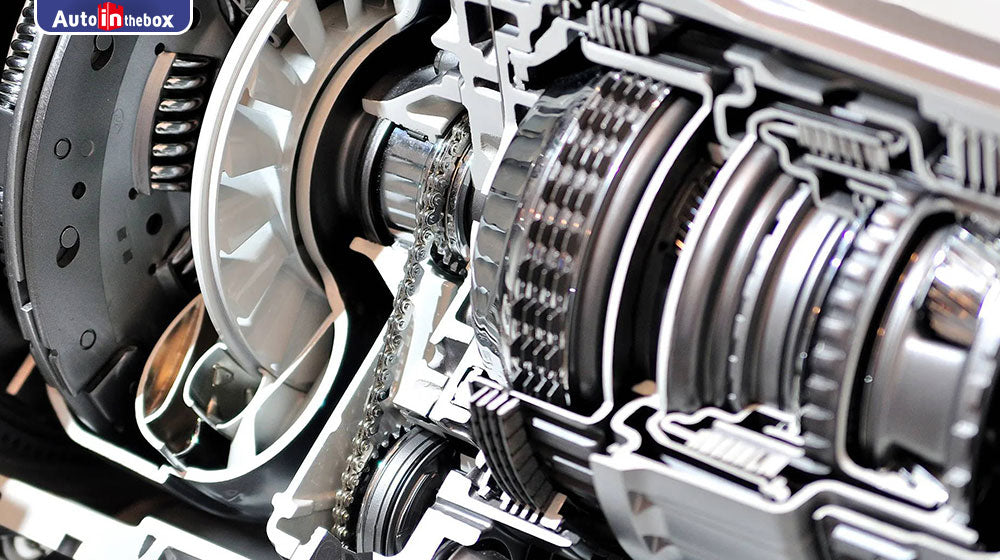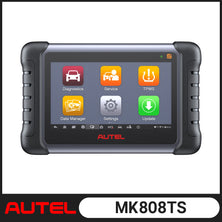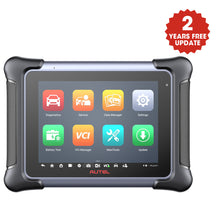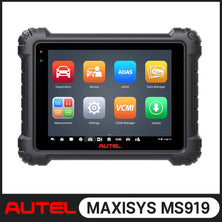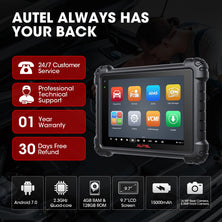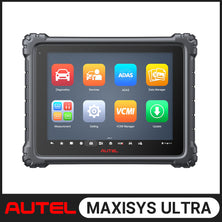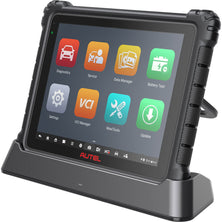
Why does my car steering wander?
You are enjoying your drive on a nice, flat interstate. The only annoying thing is that it is windy and you need to saw the steering wheel back and forth, tacking like a sailboat, to stay in your lane. Actually, when you have time to make a short top, you realize there’s no wind, the weather is peaceful and calm. Your kids are screaming in the back seats, and you're fatigued after only an hour of driving.
There's no doubt about it--you definitely have some steering issues.
Tires
Before you start thinking about expensive repairs, make sure the basic vehicle-to-road interface is okay, meaning the tires. First, check inflation pressures. (Don't trust the gauge on the quarter-eating pump at the local station--those are often off by as much as 5 pounds. Drop 10 bucks on a good gauge and keep it in your glove box.) You should check your tire pressures once a month. And that's first thing in the morning, cold. The correct pressure is on a sticker--check your owner's manual for its exact location. A low tire on one side will make a car pull in that direction. This is because its rolling diameter will be smaller than that of its mate on the other side. Also, there'll be more tread-to-pavement drag on the low side, pulling the car in that direction.
If the problem persists, try switching the positions of the right and left tire/wheel assemblies. If the car pulls in the opposite direction after you've done this, you've found tire trouble.
Check your tires' tread-wear patterns. For example, if a front tire's tread tends to disappear along the outboard edge, it's likely that the camber setting at that corner is too positive, and any pull probably will be toward that side.
WOOF!
Even if the front wheels are perfectly aligned and tires properly inflated, you may still have to steer constantly in one direction or the other to keep the vehicle going straight up the road. The problem is that the rear wheels are also trying to steer the vehicle and overtake the fronts. This condition is commonly referred to as dog tracking.
Technically this occurs when your vehicle's "thrust line" and centerline are too far apart. On vehicles with solid rear axles, the thrust line is perpendicular to the rear axle. On vehicles with an independent rear suspension (IRS), the thrust line is determined by splitting the toe-in angle of the rear wheels. For example, if the left rear wheel is toed in at 4° and the right is toed at zero, the thrust line is 2° to the left of the centerline.
In an ideal world the two lines coincide. But given a vehicle's size, manufacturing tolerances, wear and abuse of daily driving, they often do not. If the deviation between the two is great, your vehicle will dog track. Besides having a steering wheel that's not at center when you're going straight, another obvious clue to dog tracking is if you see four distinct tracks in the snow or rain when driving straight.
This is just about impossible to correct without professional 4-wheel-alignment equipment. On IRS cars, tapered shims are typically installed under the rear stub axles to reconcile the thrust line and centerline and to restore harmony. With solid rear axles, the repair will require replacing the rear links or straightening the frame.
WANDERLUST
If your car doesn't have a definite pull to one side, but instead a sloppy, undisciplined tendency to wander all over the place, the first thing to think about is wear in the steering and suspension.
Direct observation is the best way to find this, but you'll need a helper. With the car sitting with all wheels solidly on the pavement, have him or her unlock the steering column, then rock the wheel vigorously back and forth while you stick your head underneath and inspect with a light. (Needless to say, do this with the engine off.)
With a parallelogram steering system--the kind with a Pitman arm coming out of the steering box--you may see the idler or Pitman arm moving up and down. Or you may notice slop in the tie-rod ends or perhaps more rotational action going into the steering box than coming out. With rack-and-pinion steering, pay special attention to the inner tie-rod ends, and make sure the rack housing itself is firmly mounted.
Another way to inspect is to slightly raise one tire off the ground (place the jack under the lower control arm, then have your assistant rock that tire side to side, then top to bottom, while you take a look).
For your steering system trouble, you can always have a professional diagnostic tool to check the problem for you; it is easy, time-saving and money-saving. With such a tool, you can directly find the problem and the problem will be displayed in front of your eyes. For steering system troubleshooting, MaxiCheck Pro will be your best choice. It is specially designed to work on steering system.
